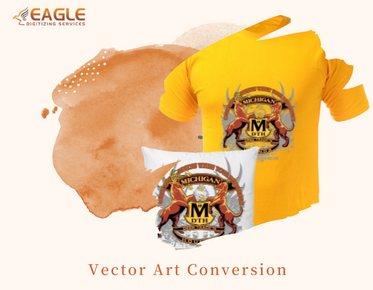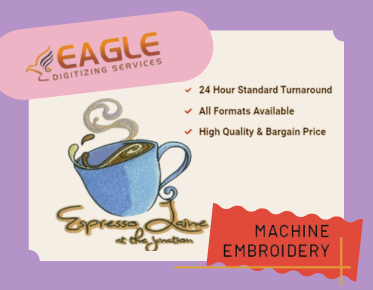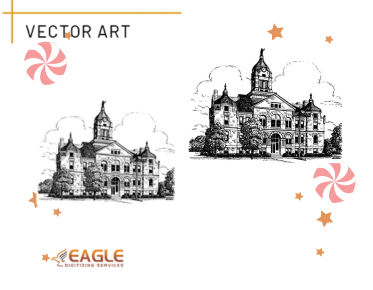Quick-Start Guide to Vector Graphic Design for Beginners
Vector graphic design is a fascinating field for both beginners and experienced designers. Unlike raster graphics, which use pixels, vector graphics utilize paths defined by mathematical formulas. This makes vector images scalable without a loss of quality, making them ideal for logos, typography, and other design elements that require precision and flexibility.
Vector art conversion services play a crucial role in ensuring your designs are print-ready and maintain their integrity across various formats. This guide will help you understand the essentials of vector graphic design and how to kick-start your journey in this vibrant field.Understanding the Basics of Vector Graphics
To begin with, it's important to understand the key difference between vector and raster graphics. Vector graphics are resolution-independent and can be scaled to any size without losing quality, whereas raster graphics can become pixelated when zoomed in. Common vector file formats include SVG, EPS, AI, and PDF. These are crucial when submitting designs for various print applications.
Many vector conversion services offer conversion of raster images to vector format, ensuring that images retain their quality and clarity no matter the medium.
The Right Tools for Vector Design
Choosing the right vector graphic software is essential. Adobe Illustrator is one of the most popular choices due to its advanced tools and versatility. Other options include CorelDRAW and Inkscape, which is a great free alternative. These tools allow designers to create, edit, and refine vector paths easily.
Additionally, vector art services can assist in providing complex artwork conversion, saving time for other innovative design endeavors.
Core Techniques in Vector Design
Path Manipulation
In vector design, paths are the core components. Understanding how to manipulate these paths is crucial. You can adjust anchor points, manipulate paths, and use different shapes to create complex designs. Mastering the pen tool, which is the primary drawing tool in most vector software, is essential for creating custom shapes and designs.
Use of Layers
Layers help manage different components of your design, enabling you to organize and edit without affecting the entire artwork. Most vector software supports layers, which can be particularly useful when working on detailed or multi-faceted projects.
Typography and Effects
Vector design isn't limited to shapes and lines; it also incorporates text and special effects. With high-quality vector conversion services, creating impactful typography with sharp edges and effects is achievable. Learning to apply gradients, shadows, and other effects creatively can enhance the aesthetic of your designs.
Managing and Exporting Vector Files
Once your design is ready, exporting it in the correct format is critical. Depending on the purpose, you might need to save your work in different formats. Designate formats like SVG for the web, and PDF, EPS, or AI for print production.
Leveraging Professional Vector Services
As a beginner, it's important to know when to reach out to professionals. Using vectorization services is beneficial when dealing with intricate designs that require precise conversion and editing. Companies like Eagle Digitizing offer top-notch services with a quick turnaround, making sure your vector designs are flawless and ready for any use.
Eagle Digitizing's services include raster to vector conversion, background removal, and vector logo design. They cater to businesses of all sizes, ensuring quality results without compromising on time or cost, making them a suitable choice for designers looking for reliable support.
Innovating in Vector Design
Vector graphic design is continuously evolving, with new techniques and tools emerging regularly. Staying updated with trends, improving your skills, and experimenting with new tools can make a significant difference in your design journey. Attending workshops, joining design communities, and constantly practicing will help hone your skills over time.
Future Prospects in Vector Graphic Design
The future of vector design is bright, with innovations in digital media offering even more avenues for creativity. As digital marketing and online presence become ever more important, understanding vector graphic design can be a critical skill for the future.
Consider the potential for vector design in emerging sectors such as virtual reality and interactive media, which may rely heavily on vector graphics for their development. How can you position yourself to capitalize on these opportunities?



